Internship Recommendation Letter Template and Tips
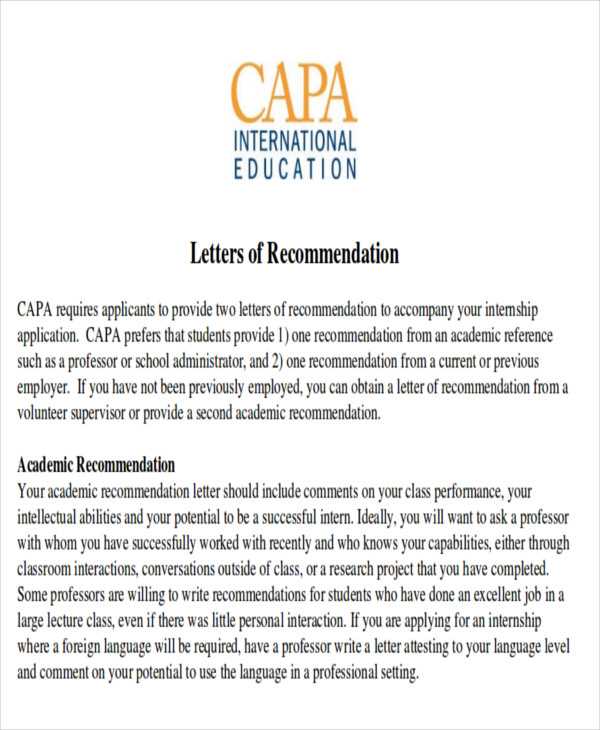
When applying for a position or academic opportunity, one of the key components that can significantly impact the decision-making process is a well-crafted endorsement. A carefully written statement from a mentor or supervisor can showcase the candidate’s skills, work ethic, and potential in a way that resonates with hiring managers or admissions committees.
Understanding the structure of a compelling recommendation is essential for both the writer and the recipient. It should highlight relevant strengths and achievements while providing a clear narrative that supports the applicant’s qualifications. Whether you are seeking to assist someone or preparing your own supporting document, having a reliable format to follow can save time and ensure clarity.
Adapting the document to the unique needs of the applicant is also crucial. Customizing the content based on specific experiences and goals will make the endorsement more personal and persuasive. By doing so, the message delivered will be more impactful and relevant, setting the candidate apart from others.
Why Internship Recommendation Letters Matter
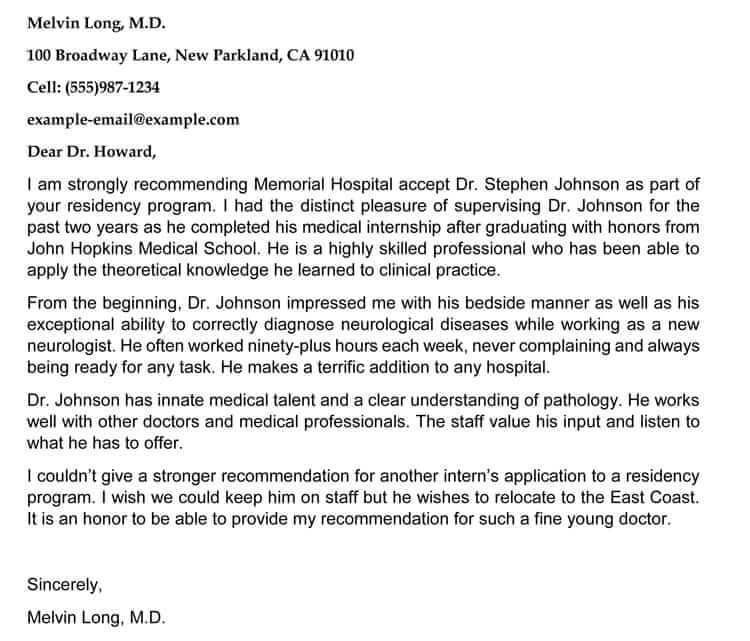
Endorsements from mentors or supervisors play a critical role in shaping the future of candidates applying for professional opportunities. A strong testimonial provides a unique insight into an individual’s character, skills, and potential that may not be evident from a resume or application alone. It serves as a trusted validation of the applicant’s qualifications, often making a significant difference in the selection process.
Building Credibility and Trust
When an applicant submits a well-crafted endorsement, it helps build credibility. The perspective of someone who has worked closely with the individual adds weight to their application, showing that they are capable of performing at a high level in a real-world setting. This outside validation can make the difference between a candidate being overlooked or chosen for an opportunity.
Highlighting Key Strengths
One of the primary reasons such endorsements are valued is their ability to emphasize key qualities that set candidates apart. Whether it’s leadership, problem-solving, or teamwork, a thoughtfully written statement can draw attention to strengths that might otherwise go unnoticed. This helps hiring managers or admissions officers understand how the applicant could contribute in a practical, impactful way.
Key Elements of a Strong Letter
A well-crafted endorsement is more than just a formality; it is a powerful tool that can significantly influence the decision-making process. To ensure the statement has the desired impact, it must contain specific components that effectively highlight the applicant’s strengths and qualifications. Each part of the document should be carefully structured to provide clear, relevant, and persuasive information.
Introduction and Context
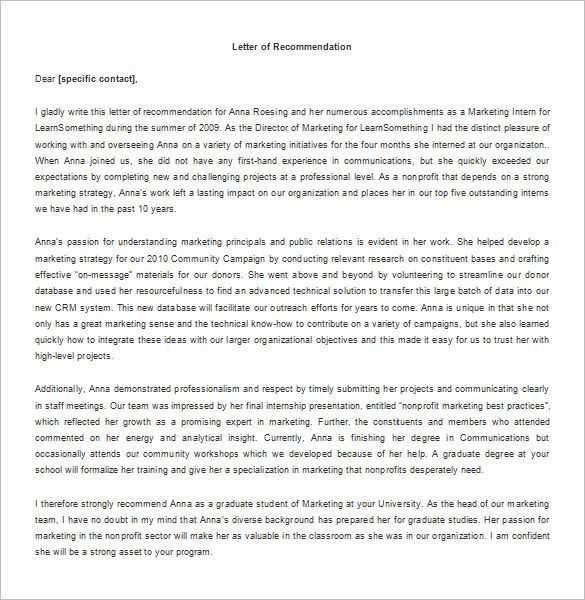
The opening of the endorsement should provide context about the relationship between the writer and the applicant. This helps establish credibility and sets the stage for the subsequent details. It is essential to briefly mention the duration and nature of the professional or academic connection to provide the reader with a clear understanding of the writer’s perspective.
Specific Examples and Achievements
To make the endorsement truly impactful, it should include concrete examples of the candidate’s abilities. Generic statements are less persuasive than specific achievements or instances where the individual demonstrated exceptional skills. These examples should directly align with the qualities the recipient is looking for in a candidate.
| Element | Description |
|---|---|
| Introduction | Provide context and relationship with the applicant. |
| Specific Examples | Highlight key accomplishments and relevant skills. |
| Personal Qualities | Describe the applicant’s character and work ethic. |
| Conclusion | Reaffirm support and recommend the applicant. |
How to Structure Your Recommendation
Creating an effective endorsement requires a clear and logical structure. A well-organized document ensures that the reader can easily follow the narrative and understand the candidate’s qualifications. By dividing the content into distinct sections, you can highlight the most important aspects of the applicant’s skills, experience, and character in a cohesive manner.
The structure should begin with an introduction that provides context about the writer’s relationship with the candidate. This helps establish trust and sets the stage for the rest of the content. Next, the main body should focus on specific examples of the applicant’s achievements and strengths. This section is where the most impactful details should be shared, demonstrating why the candidate is well-suited for the opportunity. Finally, a strong conclusion should summarize the key points and reinforce the writer’s endorsement, leaving a lasting positive impression.
Common Mistakes to Avoid in Letters
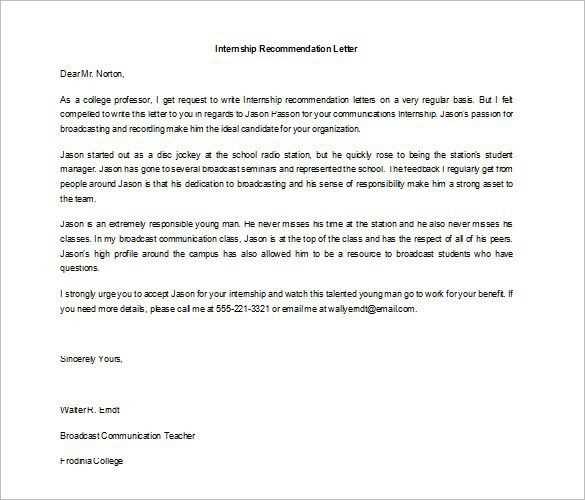
When crafting a supportive document for someone, it’s essential to avoid certain pitfalls that can undermine its effectiveness. Even small errors can diminish the impact of the endorsement, making it less persuasive and less likely to influence the decision-making process. By being aware of common mistakes, you can ensure your message is clear, professional, and compelling.
Lack of Specificity
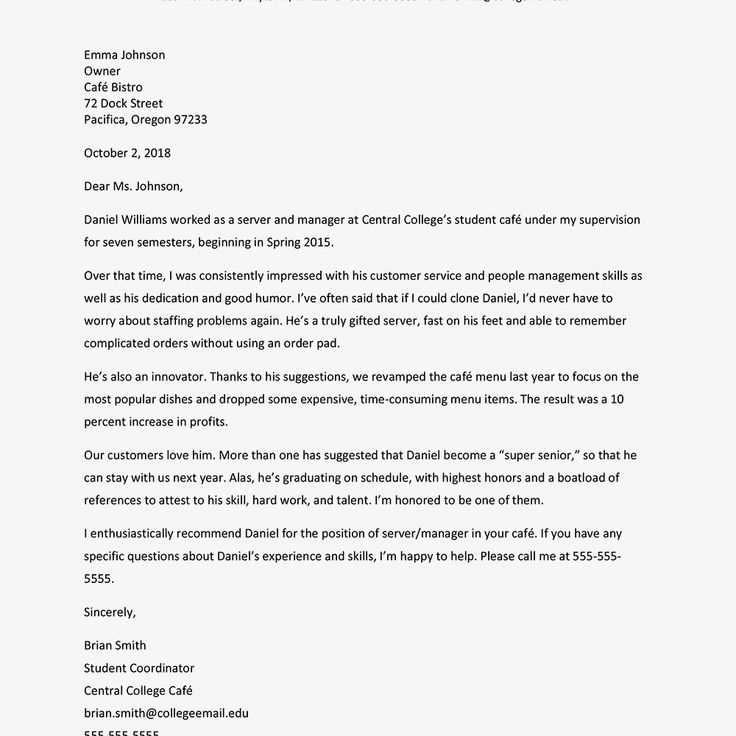
One of the most common errors is writing a vague or generic statement that fails to provide concrete examples. Simply stating that the candidate is “hardworking” or “dedicated” without illustrating these traits with specific instances doesn’t provide enough evidence to make the endorsement convincing. It’s important to back up any claims with real-world examples that demonstrate the applicant’s abilities and achievements.
Overly Formal or Impersonal Tone
While it’s important to maintain professionalism, an overly stiff or impersonal tone can make the endorsement feel disconnected and robotic. A strong document should convey genuine support and enthusiasm for the candidate. Striking the right balance between professionalism and warmth helps create a more authentic and persuasive message.
Customizing the Template for Success
To create an impactful and persuasive endorsement, it’s essential to personalize the structure to fit the unique qualities and experiences of the individual being supported. While using a standard format can provide a helpful starting point, tailoring the content ensures that the document resonates with the reader and highlights the most relevant aspects of the applicant’s skills and character.
Customizing the document involves more than just filling in the blanks. It’s about adapting the language, examples, and tone to align with the specific opportunity the applicant is pursuing. Here are some key steps to consider when personalizing the endorsement:
- Adjust the focus: Emphasize the skills and experiences that are most relevant to the position or program the applicant is applying for.
- Include specific examples: Use concrete instances that showcase the applicant’s strengths and achievements in a way that directly ties to the opportunity at hand.
- Match the tone: Ensure the tone reflects the nature of the role or program, whether it’s formal, academic, or more casual and creative.
- Personalize the closing: End with a strong, personalized endorsement that leaves a lasting impression and reinforces the candidate’s suitability.
By making these adjustments, you can ensure that the document stands out and effectively supports the applicant’s case for success.
Tips for Writing a Persuasive Letter
Crafting a convincing endorsement requires careful attention to detail and a clear understanding of what makes the candidate stand out. To ensure that your message is both effective and compelling, it’s essential to focus on a few key strategies that will make your statement more persuasive and impactful.
Be Specific and Concrete: Instead of making broad claims about the applicant’s abilities, provide specific examples that highlight their skills in action. Whether it’s a project they led or a challenge they overcame, these real-life instances will help paint a clear picture of their capabilities.
Focus on Key Qualities: Tailor your message to emphasize the qualities that are most relevant to the opportunity. For example, if the applicant is applying for a position that requires leadership, focus on their ability to inspire and manage teams. Highlighting the right traits will make your endorsement more convincing.
Maintain a Positive and Confident Tone: The tone of your message should reflect your genuine belief in the applicant’s potential. Avoid overly cautious language and instead, use confident statements that convey your strong support. Phrasing like “I am certain” or “Without a doubt” can add weight to your endorsement.
By focusing on these key elements, you can ensure that your endorsement will have the desired effect and help the applicant stand out from the competition.